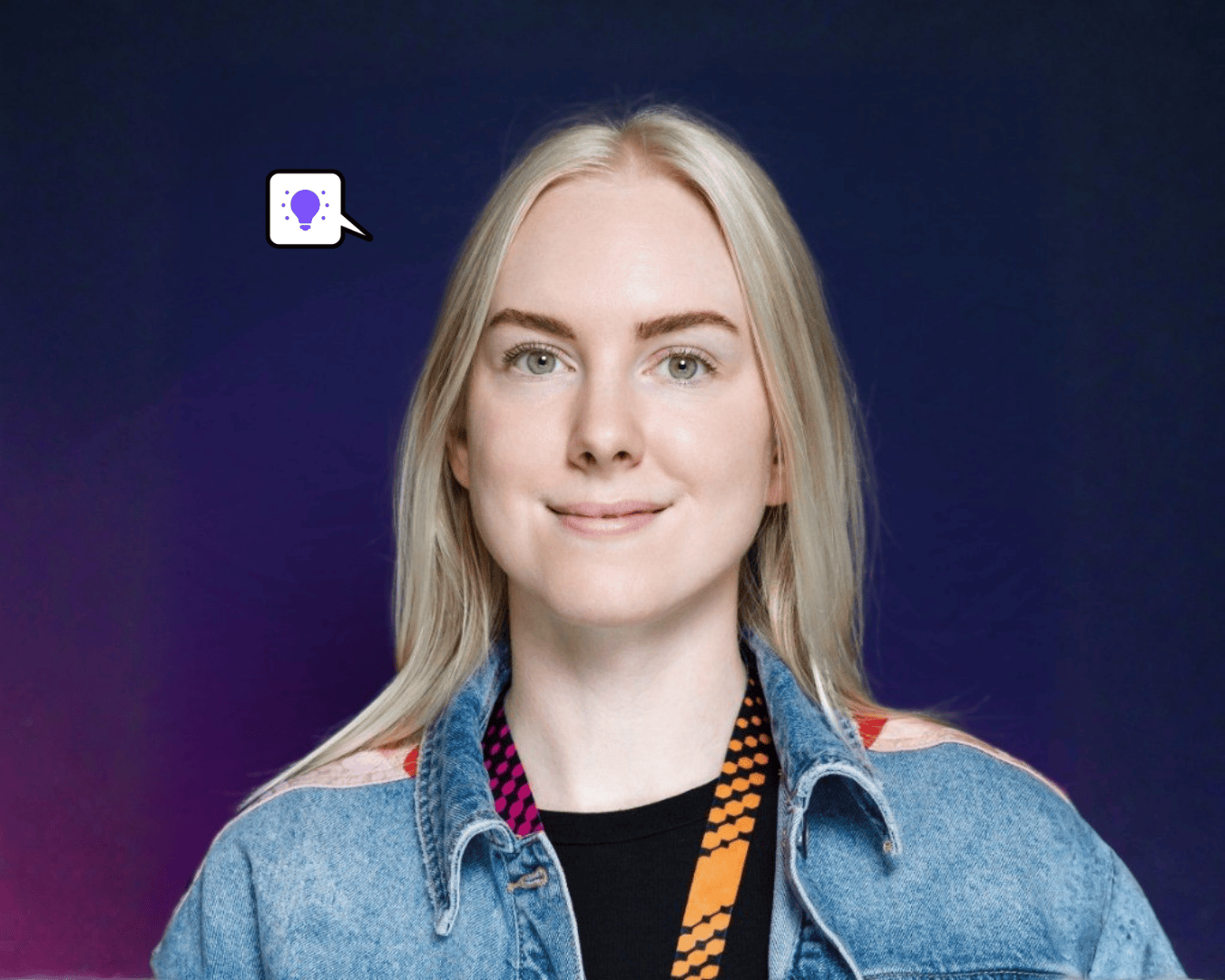The paid media revolution
Gone are the days of simply posting a 'Help Wanted' sign and crossing your fingers.
In today's world, finding the perfect match between a company and its next hire involves analysing insights, implementing a strategic approach, and delving into a wealth of data.
Enter paid media.
In the world of recruitment marketing, paid media is a powerful tool to attract, engage, and convert potential candidates by delivering tailored messages to the right audiences. It helps reach more people and gives clear results, making it a key part of today's hiring methods.
When you invest in paid media, it's like having a fast pass to the front of the candidate line. But where do you start?
LinkedIn stands as the global stage where more than 930 million professionals look for career opportunities. But most users are tired of the endless, annoying spam in-mail messages, and need something that ignores the ordinary to make them stop scrolling in their feed.
So, here are some quick tips to help you maximise your impact on LinkedIn through recruitment marketing…
Defining your recruitment audience
You know those times when you're scrolling through your feed and suddenly an ad pops up for something you were looking at earlier? Well, LinkedIn's paid media works just like that, but for jobs. With laser-focused targeting, you can hone in on candidates who match your job's criteria to a T.
Starting with location, LinkedIn’s location targeting is like a geographical magic wand, letting you reach specific cities or countries that you want to target talent in, saving you from sifting through candidates who live far far away.
Next, think about what makes your ideal candidate the ideal candidate. Do they have certain skills? LinkedIn’s skill-based targeting ensures your campaign reaches those with the exact qualifications you're seeking. It's like recruiting without the guesswork! Does your ideal candidate have a specific job title that's relevant to the role you’re recruiting for? Zeroing in on specific job titles makes sure your message reaches professionals within the right industry. Education and company names can then be added to further refine your reach, pinpointing individuals who match the criteria of the role.
But how do I know that these people are looking for a job? Simple! Just mix in a bunch of years of experience, toss in 'job seekers' as a member trait, and voila! You'll attract those who fit your criteria and are actively on the lookout for new opportunities.
Crafting compelling ad copy and creative
Okay, great. You have the right audience, but now it’s time to deliver the right message to that audience. How do you do this? (Hint: I’m doing it right now.)
The first thing you need to remember is you're not just competing against other job ads in-feed. You're competing against colleagues old and new, Steven Bartlett, that friend from your not-so-great part-time uni job, your boss and so on.
Be honest - is your job ad as interesting as their posts? When it comes to content, always have 'value-first' in the back of your mind. Think about it, would you interact with your post if you saw it in-feed?
It's the creative and the messaging of the post that will draw your audience in and keep them engaged. With a flood of content competing for attention, your ad needs to stand out like a shining star in the night sky.
A call to action serves as a crucial guide, providing potential candidates with clear direction on the next steps. It's not just a prompt; it's an opportunity to lead the way! By specifying actions like 'Apply Now,' 'Explore Opportunities,' or 'Sign Up’, a well-defined CTA becomes the bridge between potential and engagement. So, harness the impact of a compelling CTA – it's more than a button; it's your recruitment tool steering candidates towards meaningful interactions and opportunities!
Our Wisdom insights show that 37% of candidates prioritise understanding what they can gain from a role when job hunting. In the creative’s messaging, highlight not only the responsibilities but also the key benefits the candidate will receive in the role. Whether it's professional growth opportunities, a vibrant company culture, competitive salary or flexible working, showcasing these advantages is your ticket to capturing the attention of candidates.
Thanks to TikTok and our dwindling attention spans (8 seconds, to be precise), it's super important that you're able to make an impression on potential candidates within that time-frame. A recent survey from Zippia shows that a logo is a brand’s number one identifier, with 75% of respondents recognising a company solely from its logo, so make sure your branding is as clear as possible on the ad.
Optimisations
Once the paid media campaign is live on LinkedIn, be sure to check in regularly and make optimisations to make sure the performance remains strong. Here are the five main optimisations we make here at Wiser…
Variation in copy
If you notice that your current messaging isn't resonating with the right audience, try out new variations of the copy. Remember to use AI tools such as ChatGPT and Bard to improve the copy, and when possible, try and mention a benefit of the role within the copy as we have previously seen that this is a key motivator for job seekers.
Test your call to action
Test different variations of calls to action to identify which ones resonate best with your audience. Whether you're aiming for more job applications, sign-ups, or inquiries, experimenting with CTA’s lets you fine-tune your message and stay one step ahead of platform changes.
Experiment with formatting
Experiment with various ad formats such as text ads, image ads, video ads, or interactive ads. Different formats may perform differently depending on your target audience and campaign goals. Text ads are your concise wordsmiths, image ads weave visual tales, video ads bring stories to life, and interactive ads add a dash of engagement. Each format has its own charm!
Check your audience
Making changes to an audience helps to improve the relevance, efficiency, and effectiveness of paid ads. It allows you to deliver targeted messages to the right people, resulting in improved ad performance and better return on advertising investment.
Refine the candidate journey
Finally, make sure that the client’s landing pages and ATS are optimised for the candidate journey. To do this, they should be visually appealing, fast-loading, and mobile-friendly. Align the landing page content with your ad copy to provide a seamless user experience and enhance the likelihood of conversions.
The importance of paid media has transformed the recruitment game, offering a fast pass to the front of the candidate line. LinkedIn, with its vast professional network, is a pivotal stage, but the key lies in making sure your campaign stands out from the crowd.
From defining your recruitment audience with LinkedIn’s precision targeting to crafting compelling ad copy and creative that captivates, the process is key to engaging your target talent. To top this off, a well-defined call to action guides candidates towards meaningful engagements with your campaign. As the paid media revolution reshapes recruitment strategies, the key to success is not just reaching candidates but resonating with them, creating a lasting impact.
Want to see the results of an award-winning campaign?




